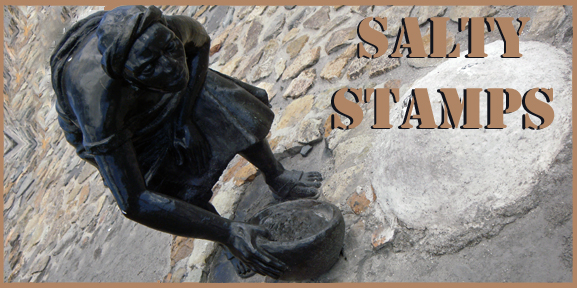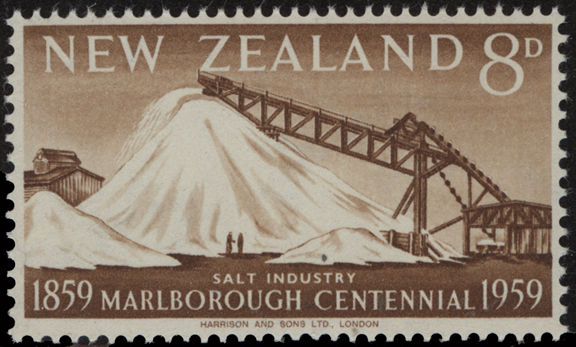New Zealand
In 2020, New Zealand produced 100 000 metric tons of salt. Efforts to develop commercial salt production in New Zealand began in 1943 at Lake Grassmere in Marlborough. Located near the northern end of New Zealand's South Island, Lake Grassmere is a large shallow lake with ponds that develop a pink colour as well as huge white mounds on the shore during the summer months. Seawater from the Pacific Ocean is pumped into Lake Grassmere while warm north-west winds are blowing across the lake, evaporating water and increasing its salinity. Very salty water is pumped into holding pens and then into shallow ponds where evaporation continues and a crust of salt is deposited on the bottom of the ponds. After the remaining water is pumped out, the dried salt is harvested, crushed, washed and moved by giant conveyor belts to huge mounds of white crystals. The colour in the crystallisation ponds is caused by microscopic green algae turning pink in response to the high levels of salt. Small pink shrimps also thrive in these salty surroundings. Marlborough's warm north-westerly winds, long days and low rainfall during the summer provide the evaporation needed to extract salt from the sea at this latitude well below the equator.
Go to the Salty Stamps Home Page. © Derrick Grose, 2023 |



